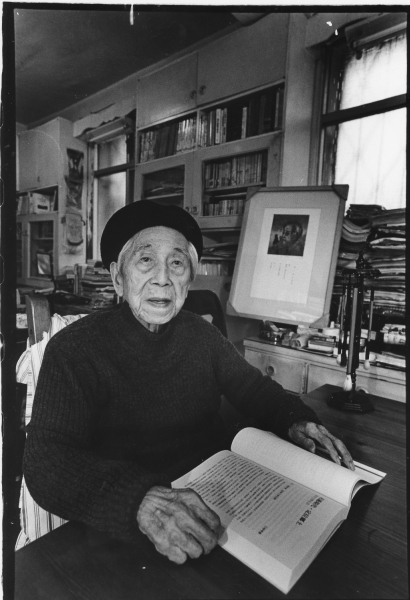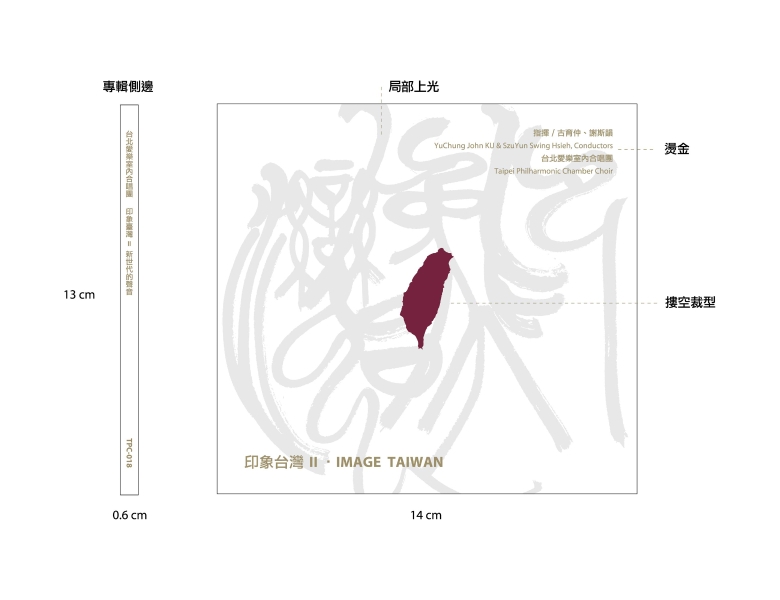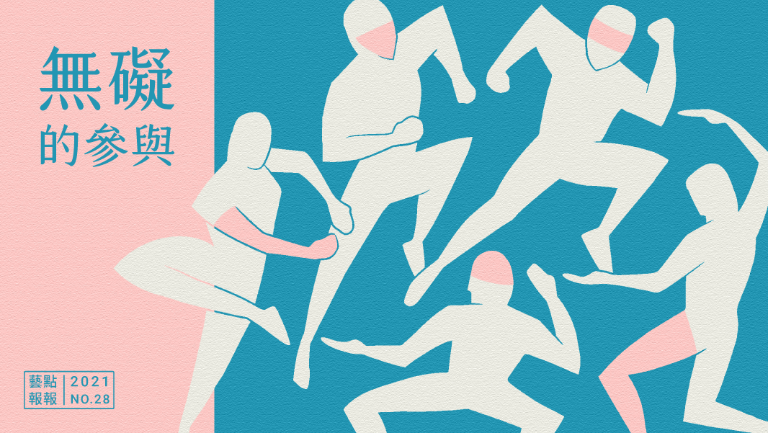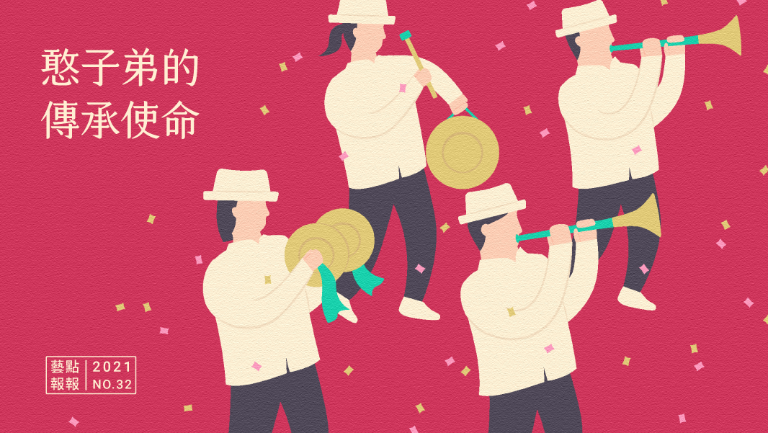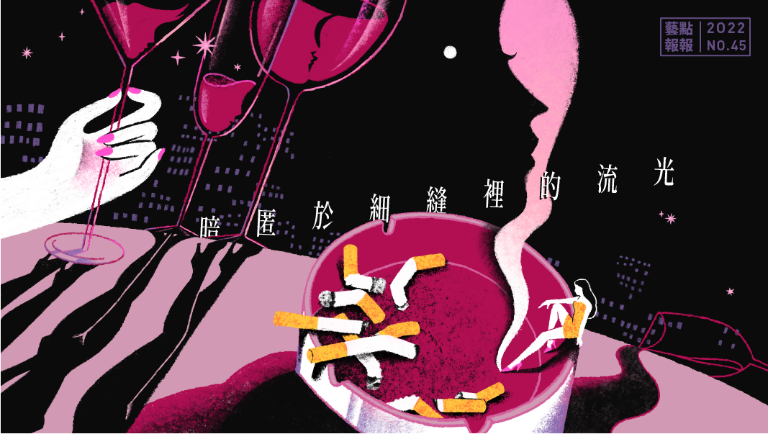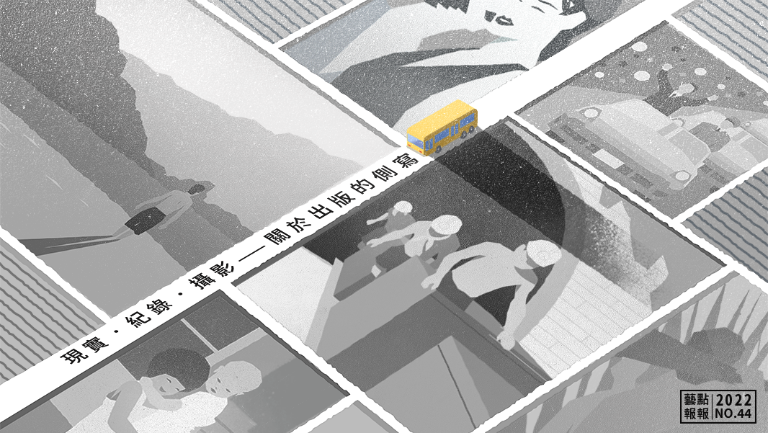"How dear is Formosa to my heart! On that island the best of my years have been spent. How dear is Formosa to my heart! A lifetime of joy is centered here. To serve them in the gospel, I would gladly, a thousand times over, give up my life."1
Formosa, Kun Island, Taioan, Takasago, and Taiwan... These are all names that have been used to call this tiny island nestled in the middle of a vast expanse of blue water.
Formosa, Kun Island, Taioan, Takasago, and Taiwan... These are all names that have been used to call this tiny island nestled in the middle of a vast expanse of blue water.
The island has changed along with the ebbs of time. The various indigenous peoples with their own cultures and languages, the Portuguese sailors and Western missionaries who gazed upon the island in awe, the Chinese immigrants who crossed the treacherous Taiwan Strait... After that, the Rising Sun Flag was raised and lowered, and a Red Flag with a Blue Sky and White Sun flies in its place.
These historical events have gradually become the day to day of the new generation. Many people are beginning to realize that our home is so very complex. Does Taiwan have its own history? Does Taiwan have its own culture? What is Taiwan? Who am I?
Some people start off from their own experiences and then connect to the collective memory of the whole era.
Some people start off from their own experiences and then connect to the collective memory of the whole era.
Y.L. Fred Chiu's Taipei's Spring—Cultural Record of Taipei in the 1960s harks back to Taipei in the 1960s and resurrects the memories of that generation. There is flesh and blood, laughter and tears, so that they do not vanish in the flood of time. In Li-Chung Lee's The Battle of Mt. Zhugao and Red Feet Ling, he found that the rise and fall of pigeon breeding in Taiwan was inextricably linked to the colonial history of the land. Hsiao-Hsia Pan, who has always cared for the land and social movements of Taiwan through photography, used his camera to compile 100 Yeares of Taiwan Writer, documenting Taiwan's literary figures across the century.
Through performances, some people add a new look to the cultural treasures of the past and continue to pass on the legacy:
The concert Songs of the Land by Academy of Taiwan Strings presented the island's rich cultural landscape by performing classic songs from the Hoklo, Hakka, indigenous, and Chinese migrant communities. The Taipei Philharmonic Chamber Choir's Image Taiwan - II combines Mandarin Chinese poetry and music with choral pieces inspired by the landscapes and cultures of Taiwan. With the mission to pass on the Taiwanese operatic tradition, Shintrun Taiwanese Opera Troupe has broken away from the traditional framework of old genres and performed a new opera called Battle of the right to life, which focuses chiefly on local themes. The work also uses a lot of classical Taiwanese colloquial phrases to create a new genre for local Taiwanese opera.
Some people are exploring their personal memories, which also belong to Taiwan. These reminiscences are extracted, reworked, and instilled with new life.
Choreographer Yu-Ju Lin and five other artists collectively created TAIWAN MADE as the artists pondered "What is Taiwan?" The choreographers and dancers extracted ideas from the resonance of shared memories to complete this dance piece, a vessel of Taiwan's collective memory.
Choreographer Yu-Ju Lin and five other artists collectively created TAIWAN MADE as the artists pondered "What is Taiwan?" The choreographers and dancers extracted ideas from the resonance of shared memories to complete this dance piece, a vessel of Taiwan's collective memory.
Renowned violist Jui-Se Yang is dedicated to exploring new possibilities of Taiwanese folk music. The concert Taiwan Images, Yang Jui-Se and Her Friends by the Taiwan Viola Chamber Orchestra featured five different musical works of Taiwan by five Taiwanese composers of different generations, portraying distinct facets of the island through music.
M, 1987 by Mr. Wing Theatre Company was a rearrangement of two plays from 1987, October and The Sun, Shining Brightly Still, which are also recollections of director Huan-Hsiung Li's life. In 1987, the lifting of the repressive martial law in Taiwan was a major milestone in the transition from an authoritarian system to democracy. More than 30 years later, the new generation looks at the pain of this era and re-examines the significance of this indelible phantom in the present.
These complex emotions, such as local memory, national sentiment, cultural heritage, and self-identity, have become the basic building blocks that artists use to piece together new creations after exploration and contemplation, adding a greater richness of hues to the past, present and future of Formosa.
[1] George Leslie MacKay. From Far Formosa: The Island, its People and Missions (Lin Wan-Sheng, Trans.). Taipei: Avanguard, 2007, pp. 355-356.
Further readings and related websites:
- 100 Yeares of Taiwan Writer, TAAZE
https://www.taaze.tw/goods/11100907710.html - Past Works of Y.L. Fred Chiu, Eslite Online Bookstore
http://www.eslite.com/Search_BW.aspx?query=%E4%B8%98%E5%BB%B6%E4%BA%AE - The Battle of Mt. Zhugao and Red Feet Ling, TAAZE
https://www.taaze.tw/goods/11100908277.html - YouTube|NCAF Grant Results—2019 Taiwan Songs, Academy of Taiwan Strings
https://www.youtube.com/watch?v=hZc8QwEsVXA - Image Taiwan - II, Taipei Philharmonic Chamber Choir
https://www.tpf.org.tw/collection/145 - The Emotion Mining and Interpretation of Local Themes in Battle of the right to life, Performing Arts Review Taiwan
https://pareviews.ncafroc.org.tw/?p=36618 - YouTube|NCAF Grant Results—Yu-Ju Lin's Personal Creation TAIWAN MADE (tentative), Yu-ju Lin
https://www.youtube.com/watch?v=pZsGA2pQj6A - YouTube|NCAF Grant Results—Taiwan Images, Yang Jui-Se and Her Friends, Commissioned Compositions and Concert, Taiwan Viola Chamber Orchestra
https://www.youtube.com/watch?v=gyBT1biMHBw - Thirty-Two Years Later, Who Called Out the Confusion and Alienation in M, 1987, Performing Arts Review Taiwan
https://pareviews.ncafroc.org.tw/?p=35934
*Translator: Linguitronics
